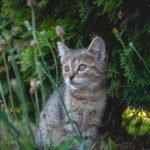Cheetahs are renowned for their incredible speed, making them the fastest land animals on Earth. They can accelerate from 0 to 60 miles per hour in just a few seconds, covering a distance of up to 500 meters in a single chase. Their slender bodies, long limbs, and muscular build enable them to reach such phenomenal speeds. This incredible adaptation allows them to catch prey that would otherwise evade slower predators.
Unique Spinal Adaptation: Built for Speed
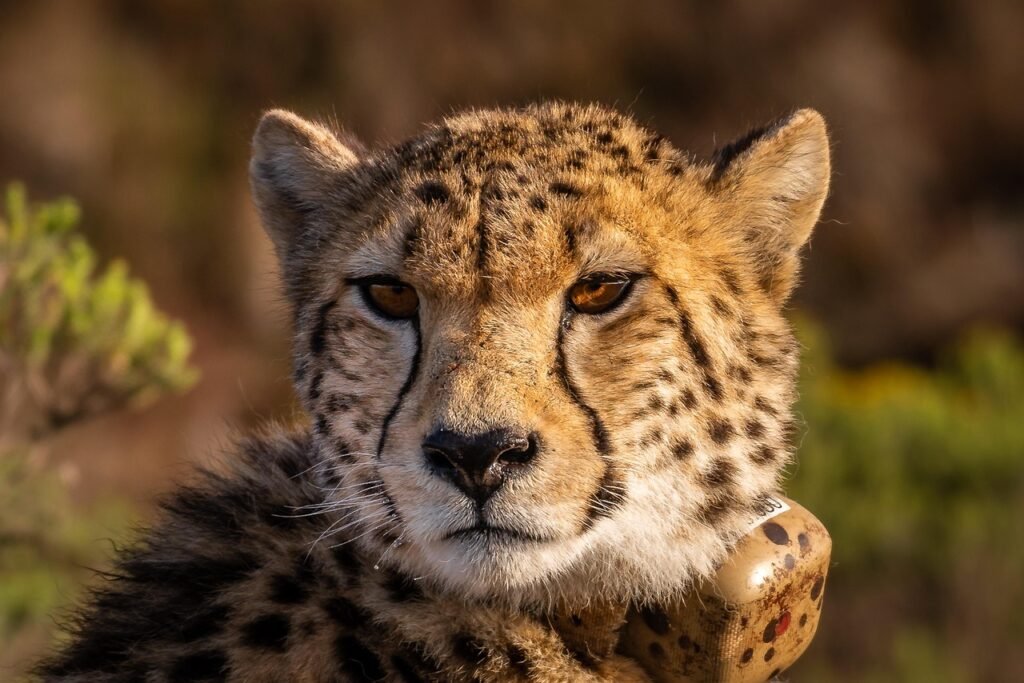
The cheetah’s remarkable speed is largely attributed to its specialized spine. This flexible backbone acts like a spring, allowing the cheetah to stretch its body during a stride and then contract it rapidly. This “spring-like” motion provides the agility and speed necessary for chasing down fast-moving prey.
Distinctive Coat Pattern: Spots Not Rosettes
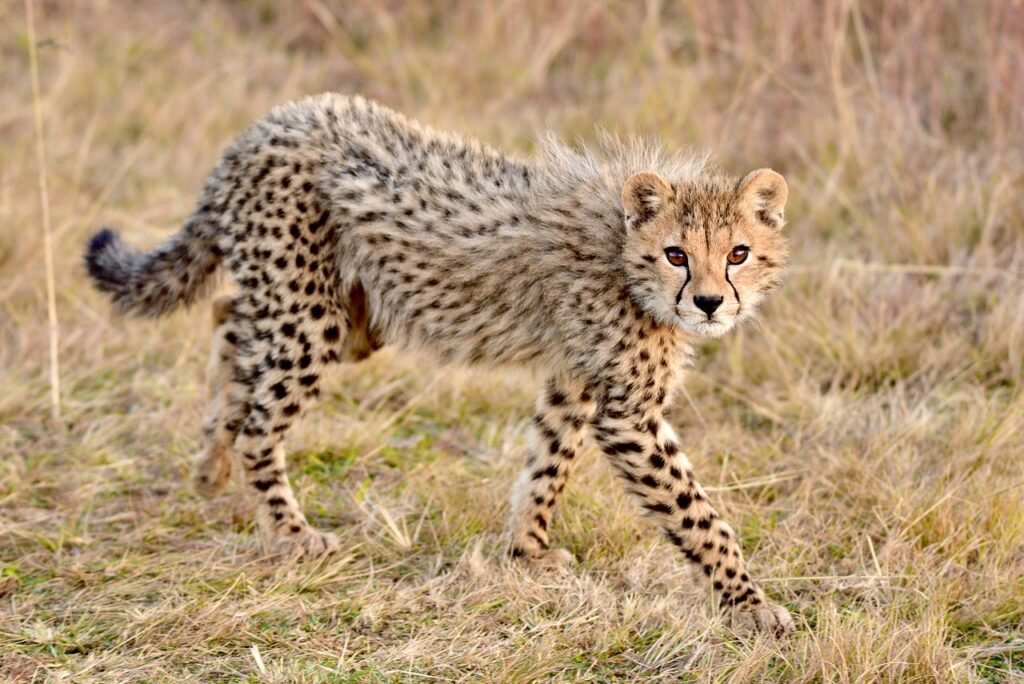
Unlike other big cats such as leopards, which have rosettes, cheetahs boast a coat of solid black spots on a tan background. These spots help with camouflage in their natural habitat, which consists of grasslands, savannahs, and open plains. The coat’s pattern serves as an effective disguise, preventing prey from easily spotting them during a hunt.
Non-Retractable Claws: Built for Traction
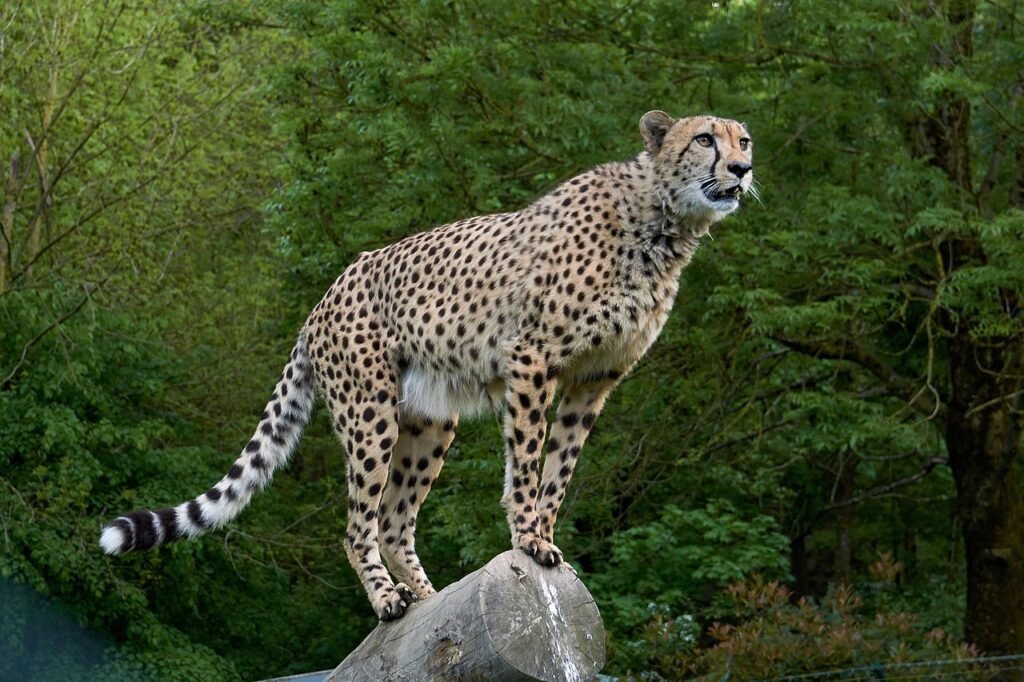
Unlike other big cats, cheetahs have non-retractable claws. This unique feature provides extra grip and traction during high-speed chases, much like the cleats worn by athletes. This adaptation plays a crucial role in their ability to execute sharp turns and maintain high velocity during a hunt.
Black Tear Marks: The Sunglasses of the Animal Kingdom
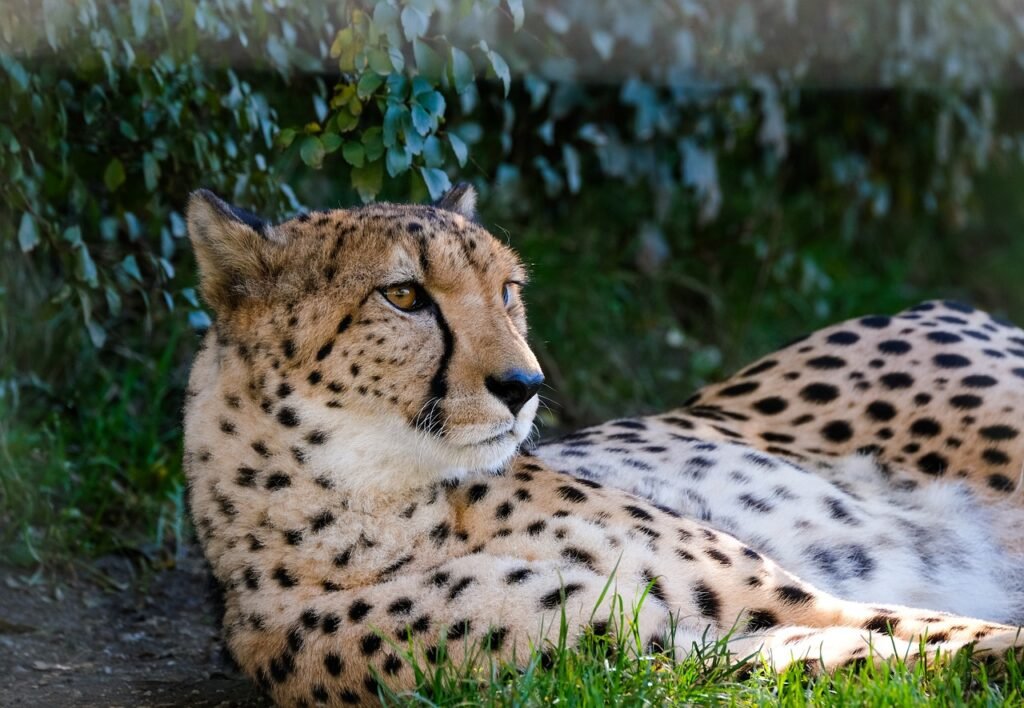
Cheetahs have distinctive black tear marks that run from the corner of their eyes down to their mouths. These marks serve several purposes: they help minimize the sun’s glare, which improves focus on prey, and they also enhance facial expressions used in communication with other cheetahs.
Specialized Respiratory System: Breathing Built for Speed
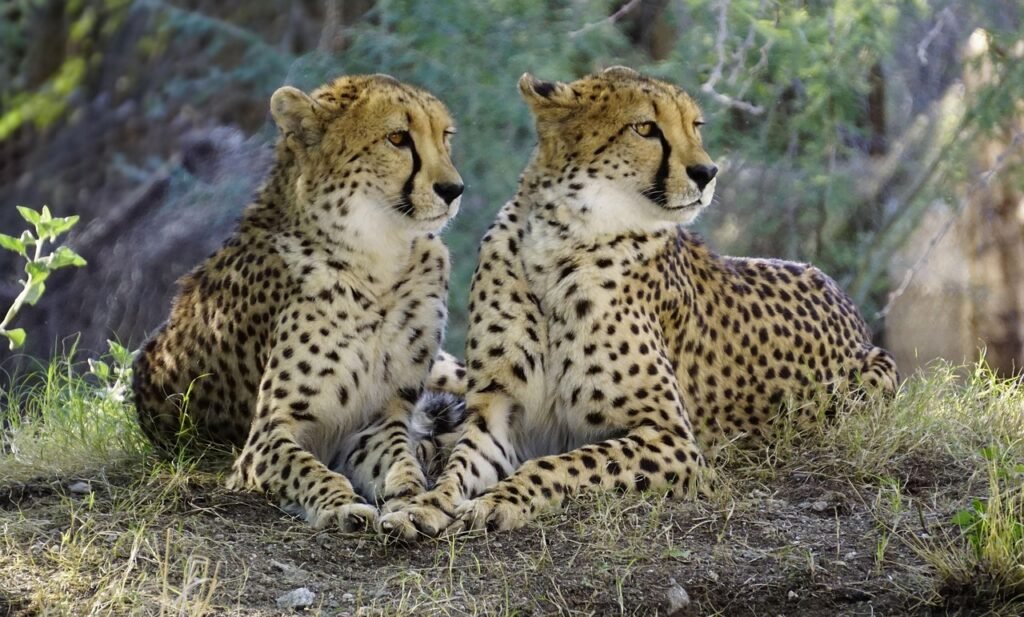
With a heart and lungs proportionately larger than those of other big cats, cheetahs have a respiratory system specially optimized for intense speed. Their body is designed to take in large amounts of oxygen during a chase, supporting their muscles through a sudden burst of energy. This physiological adaptation is crucial for sustaining their lightning-fast sprints.
Evolving Social Structure: Solitary and Social Creatures
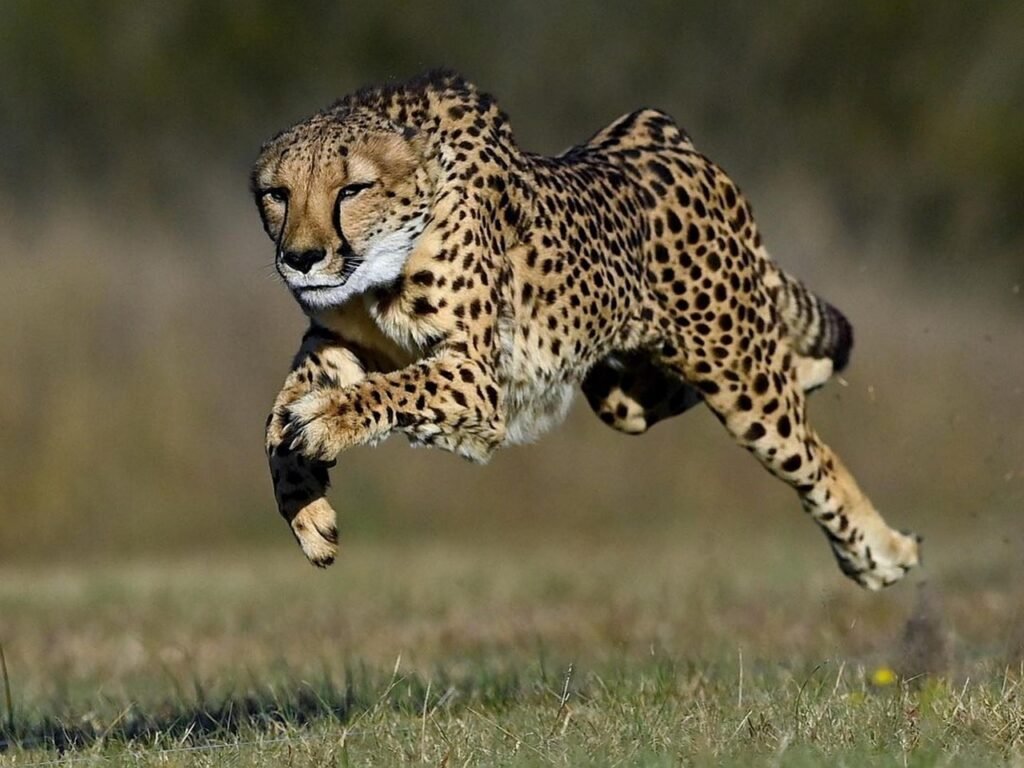
Female cheetahs typically lead a solitary life except when raising cubs, while males often form small groups known as coalitions. These coalitions are usually made up of brothers from the same litter and help with territorial defense and hunting. This social behavior is quite unique among big cats, where male-dominant social structures are more common.
Unmatched Hunting Strategy: High-Speed Precision
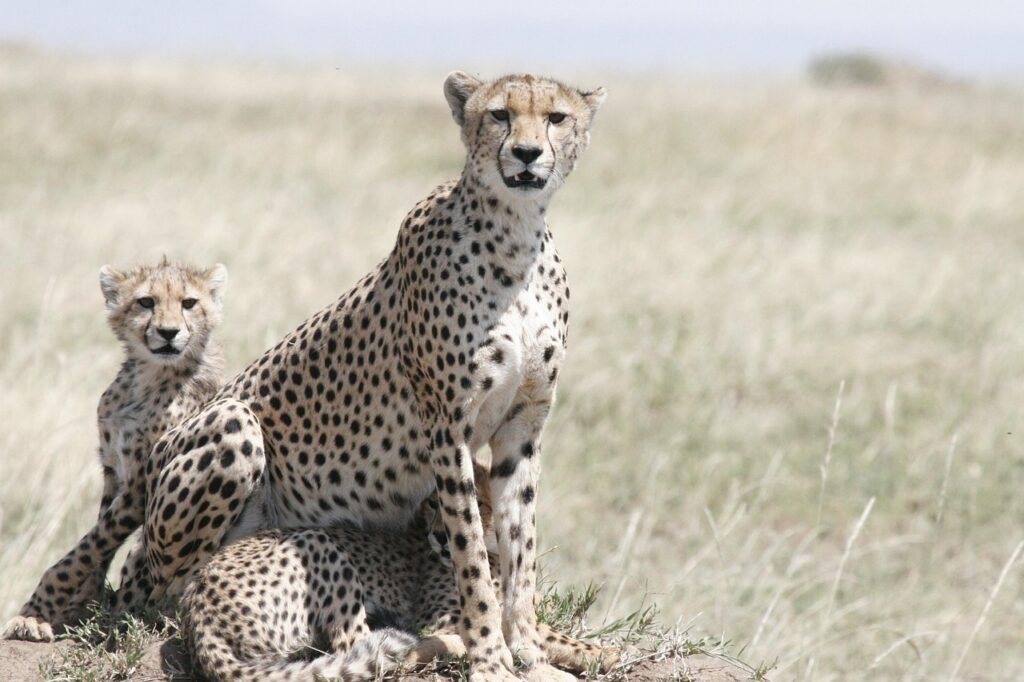
The cheetah’s hunting strategy is unlike that of other big cats. Instead of prowling, they rely on speed and surprise, initiating a chase only when they are within 100 to 300 meters of their prey. Using their keen eyesight to spot potential food during daylight, their chases are calculated and typically last less than a minute, achieving a high success rate with this method.
Vocal Communication: A Cacophony of Sounds
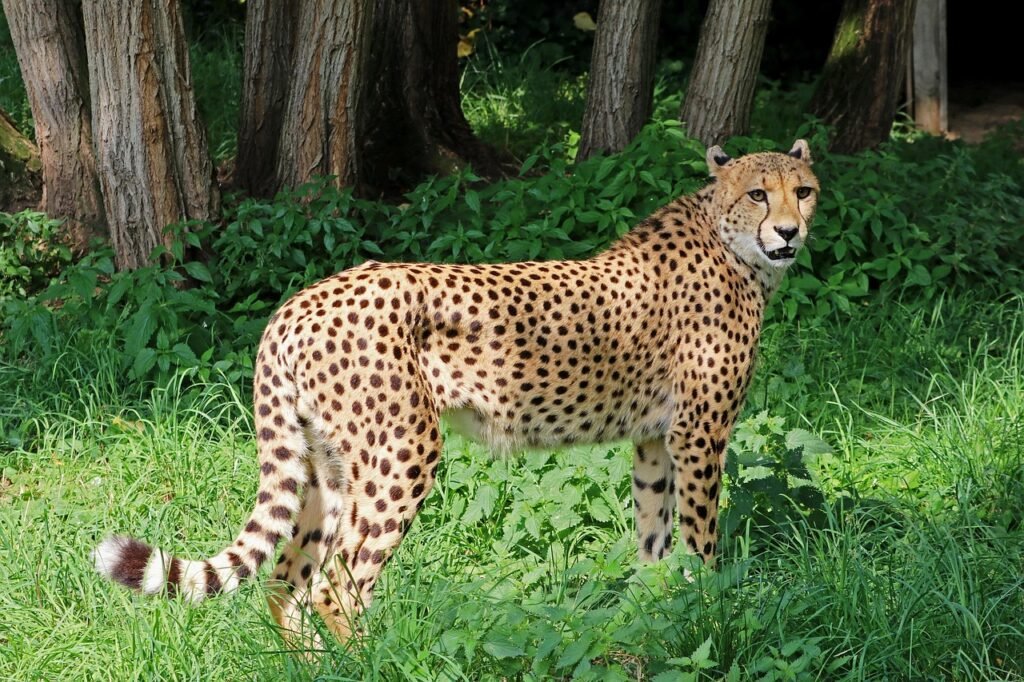
While other big cats are known for their roars, cheetahs communicate through a series of unique vocalizations such as purrs, hisses, chirps, and growls. In particular, the chirping sound is used by mothers to communicate with their cubs and by individuals to locate each other. These sounds are an essential part of their social behavior and interaction.
Conservation Challenges: A Call for Protection
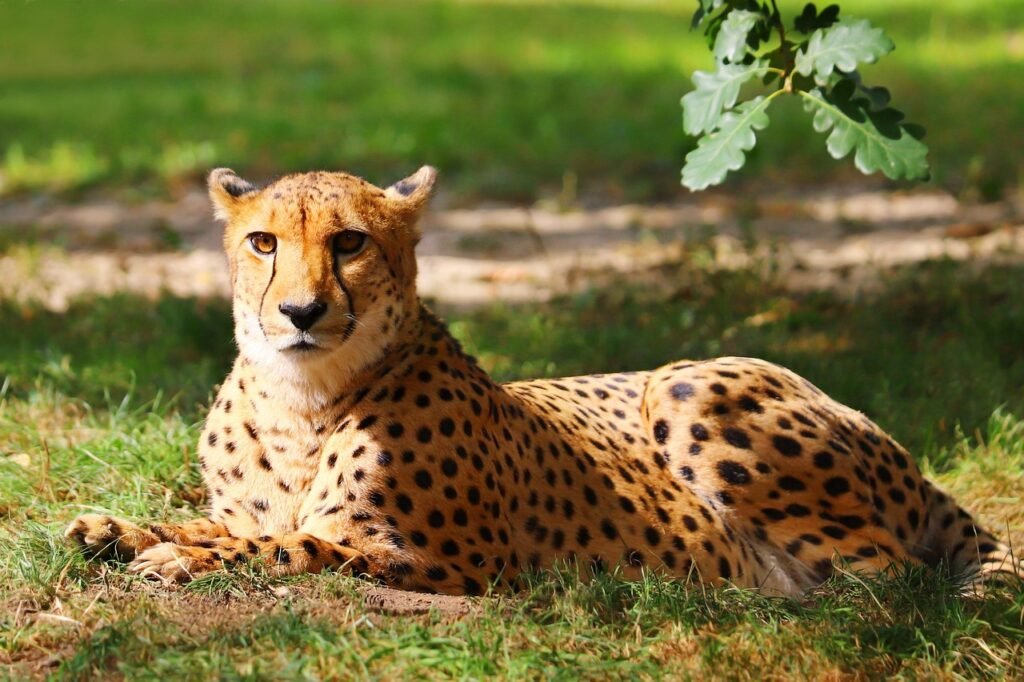
Cheetah populations are under threat due to habitat loss, human-wildlife conflict, and illegal trading. As they require vast territories to thrive, the fragmentation of their habitat poses a significant risk. Conservation efforts focus on expanding protected areas, promoting coexistence with humans, and cracking down on illegal trade practices. These initiatives are crucial to ensure the survival of this extraordinary species.
Adaptable Diet: Not Just Meat Lovers
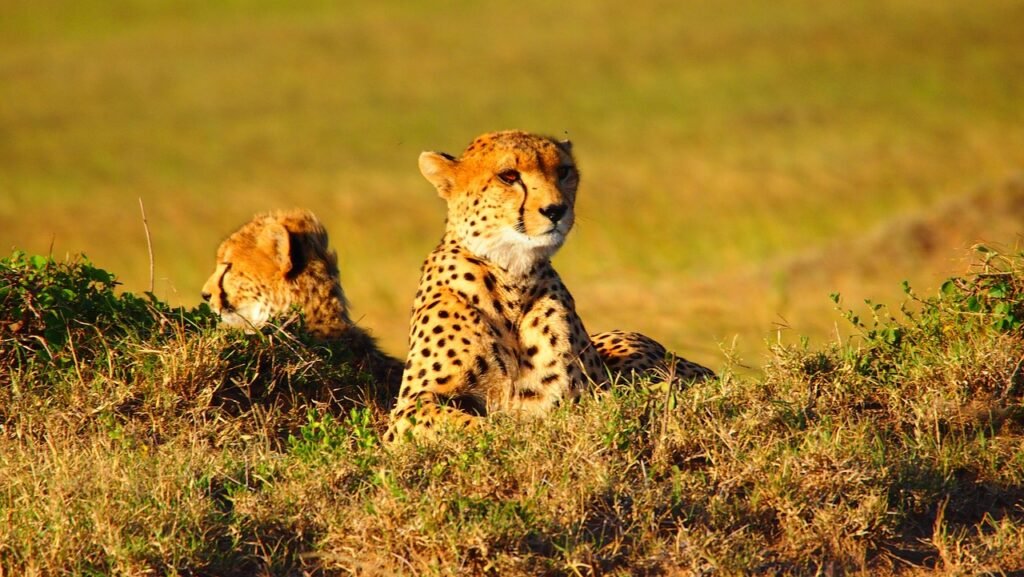
Cheetahs are primarily carnivorous, preying on antelopes, young wildebeests, and smaller mammals. However, unlike other big cats that can go long periods without food, cheetahs need to eat more frequently due to their high metabolism, eating as often as once every two to five days. This frequent need for food makes them more vulnerable to competition from other predators, which often steal their catch.
Hi, I’m Bola, a passionate writer and creative strategist with a knack for crafting compelling content that educates, inspires, and connects. Over the years, I’ve honed my skills across various writing fields, including content creation, copywriting, online course development, and video scriptwriting.
When I’m not at my desk, you’ll find me exploring new ideas, reading books, or brainstorming creative ways to solve challenges. I believe that words have the power to transform, and I’m here to help you leverage that power for success.
Thanks for stopping by, Keep coming to this website to checkout new articles form me. You’d always love it!


